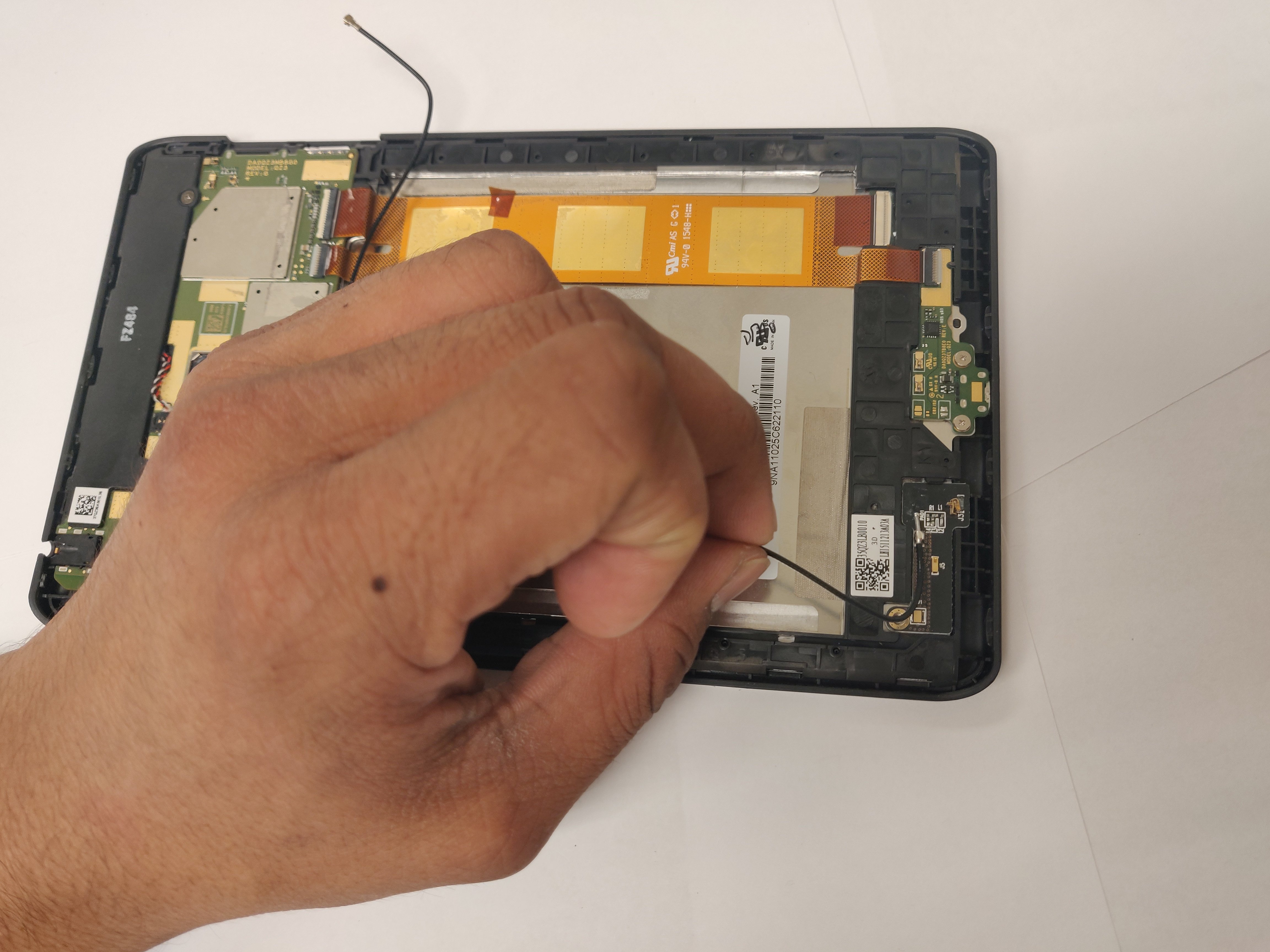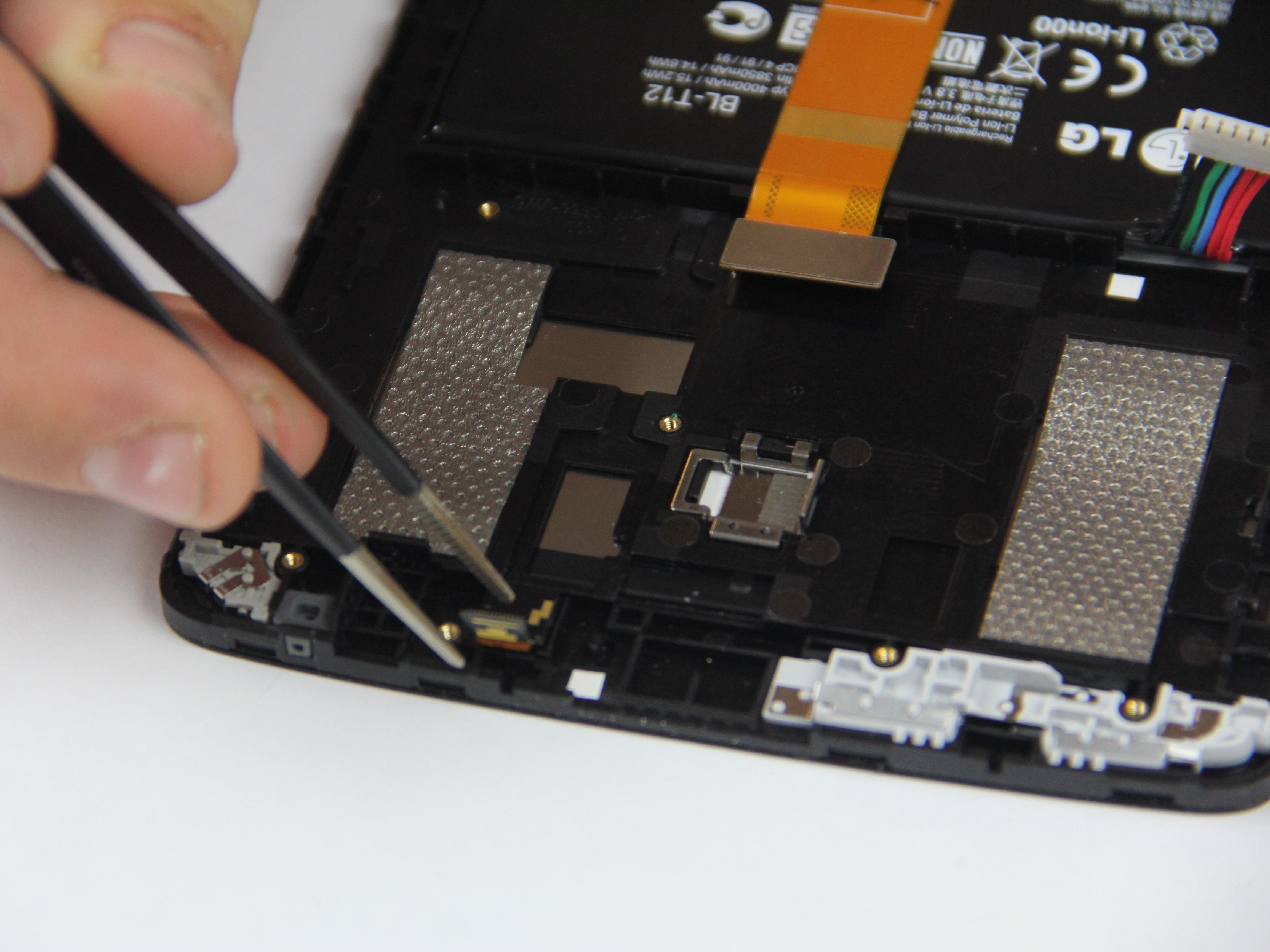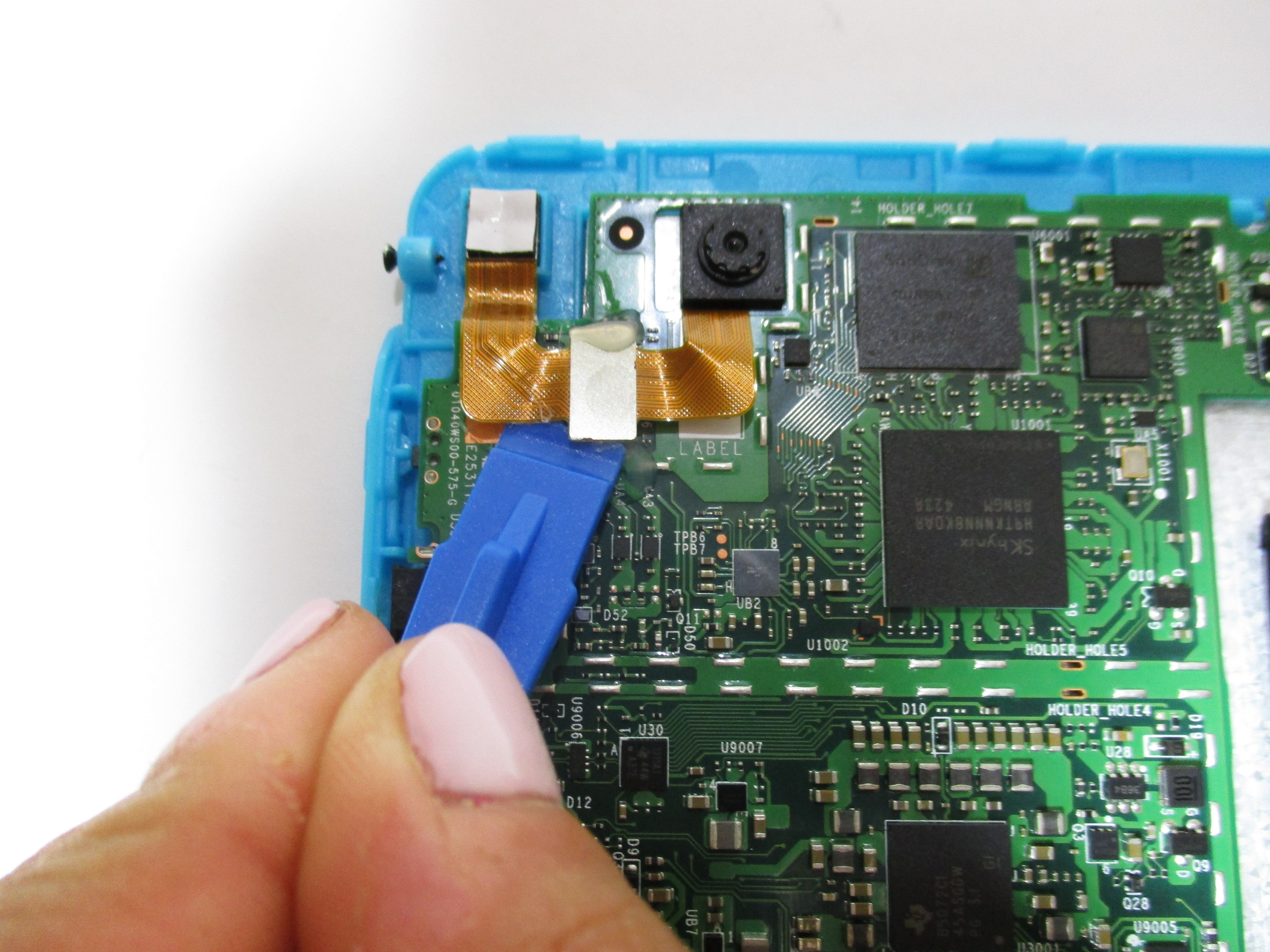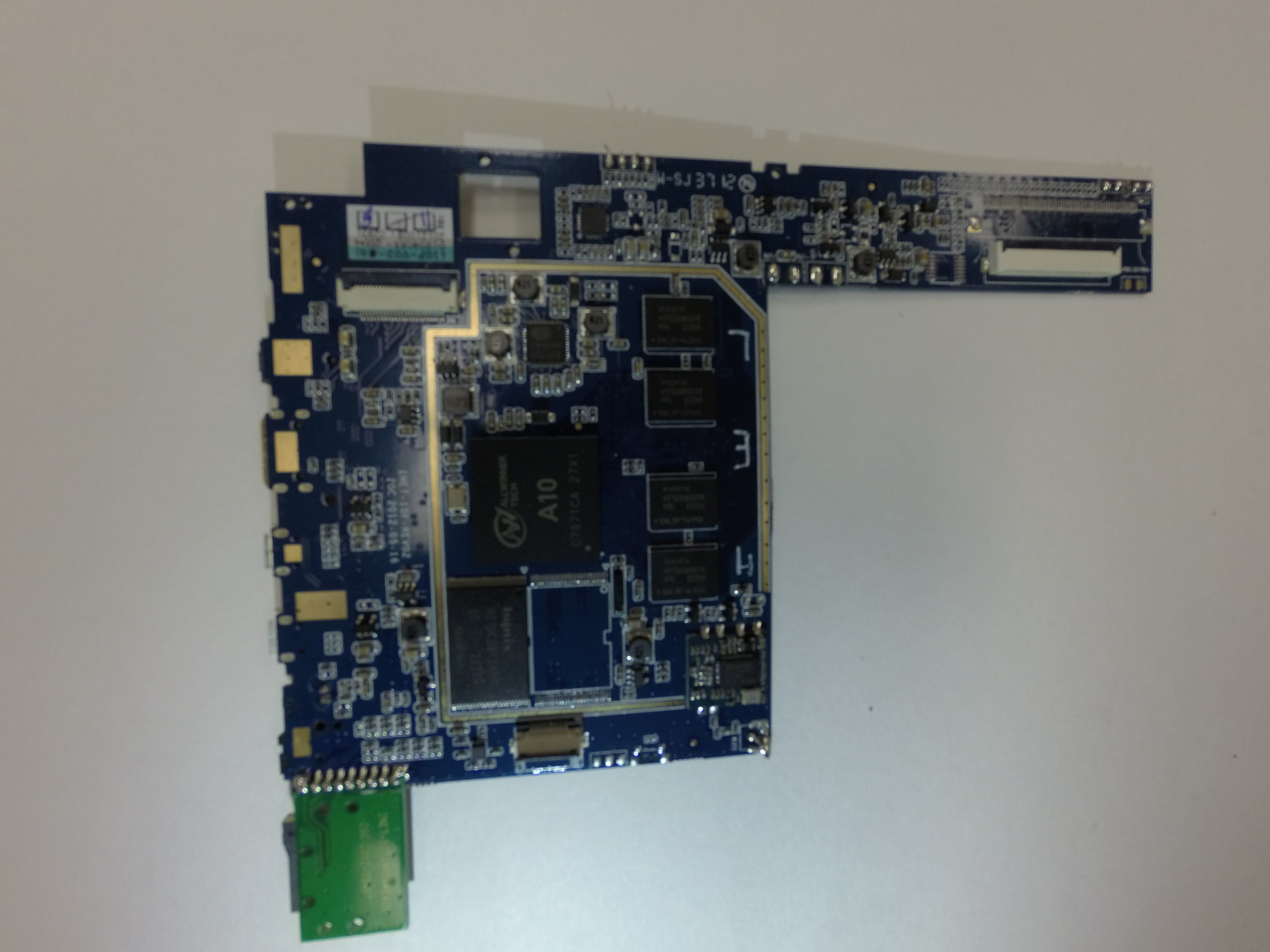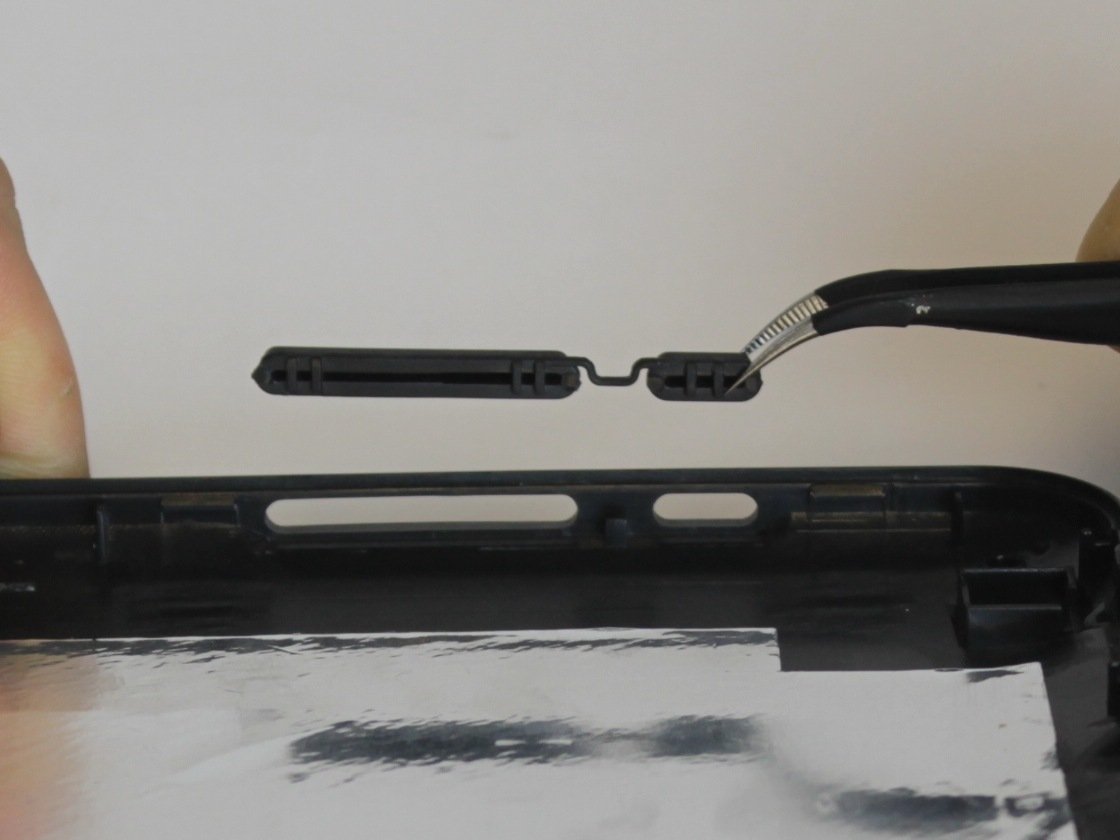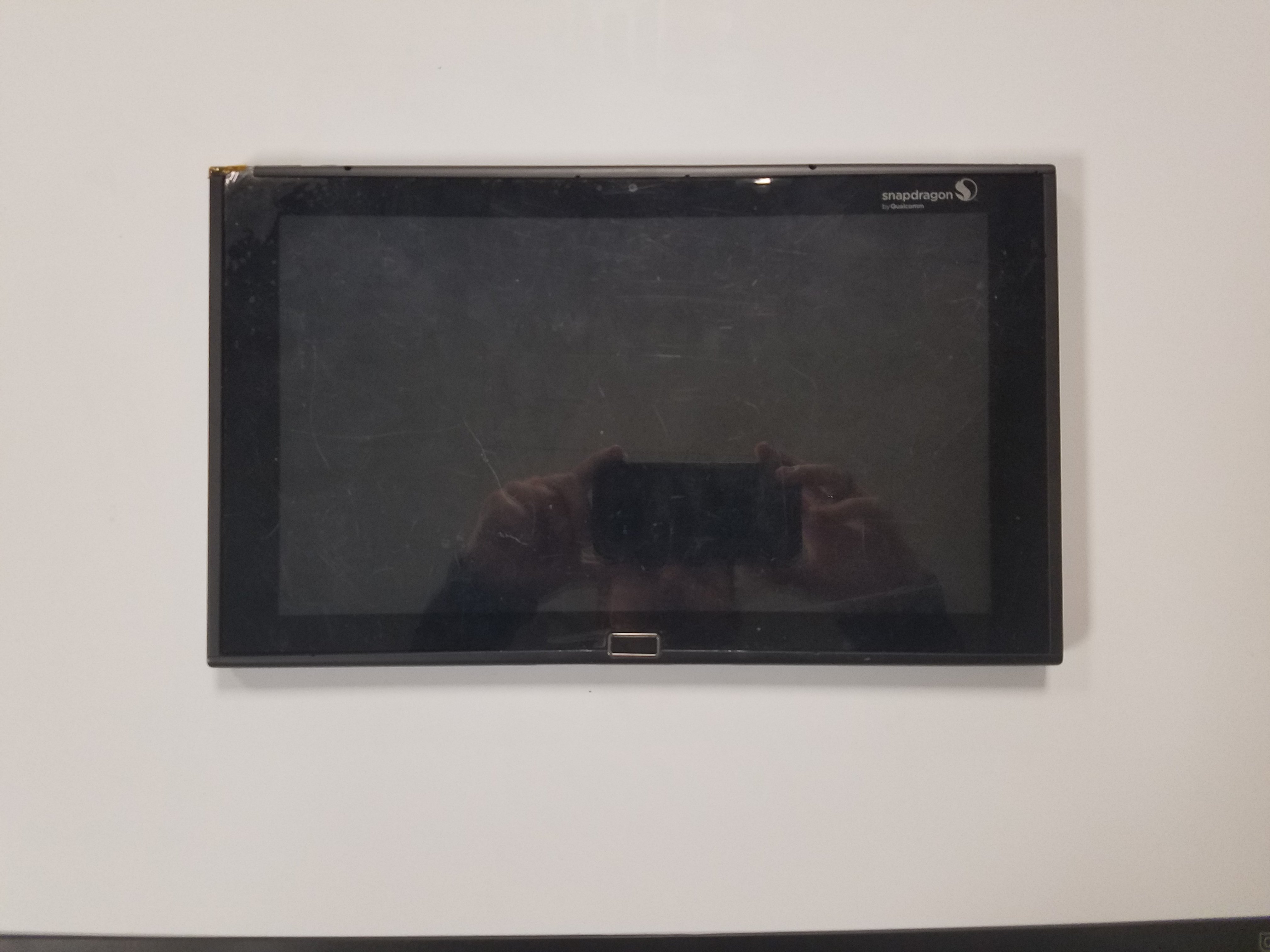How to Replace iPad 5 LTE LCD – Step-by-Step Guide
Duration: 45 minutes
Steps: 34 Steps
Heads up! The battery isolation method in this guide is a bit old-school and could lead to some serious damage to the battery pins on the logic board—yikes! If you decide to go this route, please take all precautions and work with extra care. If you opt to skip isolating the battery, try to steer clear of metal tools unless absolutely necessary (like when you’re tackling those pesky screws) to avoid shorting the battery and messing with sensitive circuit components. If you need help, you can always schedule a repair.
Get ready to tackle the LCD replacement on your iPad 5 LTE! Just a heads-up: some of the pictures in this guide showcase the Wi-Fi model, so the insides might look a tad different. No worries, though—the steps are pretty much the same, except where we mention otherwise. A little caution: the battery isolation method shown here is a bit dated and could potentially lead to some serious damage to the battery pins on the logic board. So, if you decide to go this route, take it slow and be super careful. If you prefer to skip isolating the battery, just remember to avoid using metal tools unless absolutely necessary (like when dealing with screws) to keep the battery and delicate circuit components safe and sound. Happy repairing!
Step 1
– Warm up an iOpener and press it gently against the left edge of your device for a solid two minutes.
Tools Used
Step 2
– While you’re giving the adhesive some time to ease up, be mindful of these spots—they’re extra sensitive to prying:
Step 3
In the next three steps, we’ll show you how to use the Anti-Clamp, our nifty little tool designed to make opening your device a breeze. If you don’t have the Anti-Clamp handy, no worries! Just skip ahead three steps for a different approach.
– Give a gentle tug on the cool blue handle to unlock the Anti-Clamp’s arms.
– Find a cozy spot for your iPad to chill by placing an object beneath it, ensuring it’s nice and level between the suction cups.
– Get those suction cups right in the groove near the center of the left side—pop one on top and the other down below.
– Keep it steady with one hand and use a little elbow grease to press down on the top cup, creating some suction magic.
Step 4
– Push the blue handle forward to secure the arms.
– Give the handle a 360-degree twist clockwise or until the cups start to stretch.
– Keep the suction cups aligned. If they slip, adjust them slightly and realign the arms.
Step 5
– Hang tight for about a minute, letting the adhesive loosen up and create a little gap for you to work with.
– If your screen’s not warming up enough, go ahead and use a hair dryer to heat along the left side of your iPad.
– When the Anti-Clamp makes a nice gap, slide an opening pick under the digitizer.
– You can skip the next step.
Step 6
If your screen is looking a little worse for wear with some serious cracks, don’t fret! Slapping on a layer of clear packing tape might just do the trick to help the suction cup stick. If you want to get a bit creative, super strong tape can also work in place of the suction cup. And if you’re really in a bind, a little dab of superglue can secure that suction cup right to your broken display. Remember, if you need help, you can always schedule a repair.
– First up, let’s get that screen toasty! Once it’s warm to the touch, grab a suction handle and stick it on the left edge of the screen, right near the side.
– Now, give that screen a gentle lift with the suction handle to create a tiny gap between the digitizer and the frame. You got this!
– Time to get those opening picks in action! Slide one into the little gap you just made between the digitizer and the frame.
Tools Used
Step 7
Hey, no stress if you spot the opening pick peeking through the digitizer—just slide it back out. The LCD screen should be all good, but watch out for any pesky adhesive that’s tough to clean. If you need help, you can always schedule a repair.
– Pop in a second opening pick right where you made that gap.
– Gently slide the pick down towards the bottom-left corner of your device to break free the adhesive.
– Keep that pick in the bottom-left corner to stop the adhesive from sticking back together.
Step 8
– In case the opening pick decides to stick to the adhesive, just gently ‘roll’ it along the edge of the device to keep peeling the adhesive apart.
Step 9
– Gently slide the trusty opening pick toward the top-left corner of the device to expertly separate the adhesive.
– Keep the pick cheerfully nestled in the top-left corner to ensure the adhesive doesn’t work its stickiness magic again.
Step 10
– Warm up an iOpener and place it on the top edge of your device for a solid two minutes.
Tools Used
Step 12
Hey there! Steer clear of sliding the pick over the front camera to keep that lens safe and sound. The next steps will show you how to do just that. If you need help, you can always schedule a repair.
– Gently glide your opening pick across the top edge of the device, but pause right before you reach the selfie cam. Remember, slow and steady wins the race! If you need help, you can always schedule a repair.
Step 13
– Pull the pick out so just the tip is chilling between the digitizer and the frame.
– Slide the pick above the front camera to loosen that adhesive.
– Leave the pick hanging out near the right side of the front camera before moving on.
Step 15
– Warm up an iOpener and place it on the right edge of your device for two minutes. If you need help, you can always schedule a repair
Tools Used
Step 16
– Gently maneuver the pick around the top-right corner of your device to break free the adhesive.
Step 17
Hey there, tech hero! The display cables are chillin’ about halfway up from the bottom of your iPad. So when you’re sliding, stop when you’re around three inches from the bottom. Keep going, you’ve got this! If you need help, you can always schedule a repair.
– Pop in a new opening pick and glide it right to the center of the iPad’s right edge like a pro!
Step 18
– Warm up an iOpener and place it on the device’s bottom edge like a cozy blanket for a couple of minutes.
Tools Used
Step 19
– Guide the bottom-left pick down to the bottom-left corner to loosen the adhesive.
– Keep the pick in the bottom-left corner before proceeding to the next step.
Step 20
– Pop in a new opening pick into the gap you just made on the bottom edge of the iPad.
– Slide the pick over the antenna, but halt just before reaching the home button.
– Keep the pick to the left of the home button before moving on. If you need help, you can always schedule a repair
Step 21
Carefully slide the pick in, but no deeper than 1 mm, or you’ll risk giving the right antenna a bit of a hard time!
– Time to spice things up! Pop in that opening pick right in the gap you just made.
– Glide the pick under the home button and head on down to the bottom-right corner with panache. Just make sure the tip wiggles its way between the digitizer and the frame.
Step 22
– Gently reinsert the pick and slide it towards the home button like a pro to completely separate the bottom adhesive.
– Leave the pick chilling to the right of the home button before moving on.
Step 23
– Warm up an iOpener and give the right side of your gadget a cozy two-minute hug.
Tools Used
Step 24
Hey there, take it easy with this step! Make sure the adhesive is nice and warm, and check that you’ve loosened all the sticky bits with a pick. If you’re feeling stuck, just pause and reheat. Remember, slow and steady wins the race!
If you’re feeling some serious resistance, give those edges a little heat and gently glide along them with your trusty opening pick.
– Give those two opening picks a little twist on the left corners of your iPad to gently lift up the digitizer. You’re doing great! This will help to peel away the last bits of that sticky adhesive. If you need help, you can always schedule a repair.
Step 26
– As you hold the digitizer steady, gently slide an opening pick between the two display cables to break apart the remaining adhesive. You’ve got this!




































































